
Bath toys undoubtedly help with getting children into the tub, but they’re also magnets for mold. If you’ve ever squeezed a bath toy and it oozed black, watery gunk, then you’ve seen the evidence of mold. Here’s all you need to know about it:
Where does mold grow?
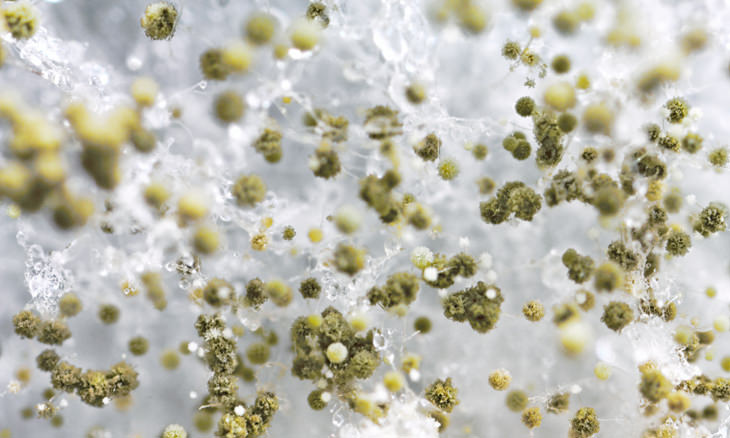
Mold has the potential to grow in almost any place that traps moisture, and this includes bath toys, humidifiers, nasal aspirators and even teething rings. An example of this is when Tommee Tippee’s sippy cups made headlines after parents discovered black mold inside the spout on the underside of the lid.
Various retailers have also struggled with mold in their products.
How dangerous is mold?

Although it gets a really bad rap, mold is generally not dangerous, especially when it’s present in very small amounts. There’s no need to panic if your child accidentally ingests mold – their body will digest it and dispose of it.
Unless your child has immune problems, you shouldn’t worry about your child accidentally ingesting a squirt of moldy bath toy water. The likelihood of them getting sick from this is almost zero. However, you should be wary if your child does have a mold allergy. This is because exposure can cause itchy eyes and skin rashes.
With regard to the above, it must be said that there is a distinction to be made between a limited amount of mold and an indoor environment that’s moldy. Exposure to mold in an indoor environment has been shown to cause upper respiratory tract symptoms, coughs, wheezing and asthma in healthy people.
How can I tell if my kids’ toys contain mold?
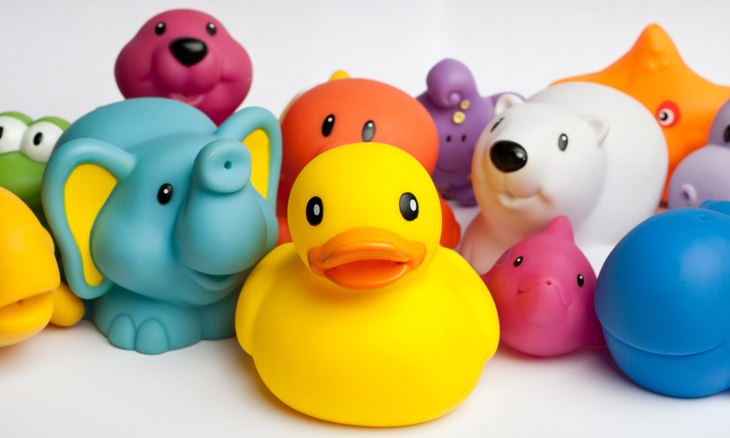
Mold on the outside of a toy is easy to spot and clean, but it can be a lot harder to detect mold that’s lurking on the inside. Inspect toys with holes in them by filling them with water and squeezing the water out. Dark gunk that comes out with the water is indicative of the presence of mold.
Keep in mind that there are certain toys that need to be broken apart in order for you to see inside of them, but this will most likely ruin them.
How can I get rid of mold in my kids’ toys?
If you have a suspicion that there might be mold in one of your kids’ toys or sippy cups, then you should throw them away and replace them, because it can be quite hard to get rid of. Larger toys can be cleaned by being left to soak overnight in ¾ of a cup of bleach mixed with one gallon of water.
Should you have a humidifier that’s cause for concern, you should clean it weekly to prevent mold build-up. Clean it more thoroughly with distilled vinegar or bleach once a month.
Conclusion: Prevention is better than cure
Try plugging bath toys with a dab of hot glue to prevent water from getting trapped inside. Boil them periodically, and also wash them in the aforementioned bleach and water mixture. You can also put toys in the dishwasher. Always allow them to dry thoroughly after cleaning.
Images by Deposit Photos.

5 Tools to Help You Make a Strong, Stable Family
What tools can we use to make our family stronger and less dysfunctional? This article will help you by giving 5 tools to do just that.

How to Get Your Kid to Open Up About Their Day
Why do your kids or grandkids avoid talking about their day? How to get them to open up?

There's No Dysfunctional Family That's Beyond Fixing...
If you think that your family's too dysfunctional to save, you really need to read this guide. Discover what needs to be done to fix a dysfunctional family.
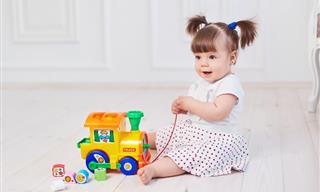
A Guide for Buying Toys for Kids by Age
Here is our guide to buying children's gifts by age.

7 Ways to Develop a Child's Executive Functions
What are these executive functions and how can you help your child develop them? You will find all of this in the following guide.
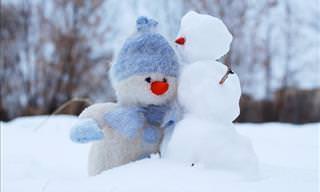
Surprise Your Kids With This Fake Snow Recipe!
Learn how to make your very own snow from the comfort of your own home thanks to this brilliant guide.
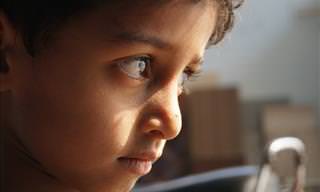
Most Parents Really Regret Making These Parenting Mistakes
For a little extra help for the always-busy parent, we compiled 10 common parenting mistakes and their fixes according to developmental psychologists.

This Mother's Letter to Her Daughter Touched Me Deeply
There is nothing quite like a mother's love for her daughter, as this heartbreaking letter reveals. Prepare to be moved.

There's a Reason Why Women are Sensitive...
When a woman cries, there's always a deeper reason behind it. Sometimes she just needs to let go what's inside of her. See this beautiful story.
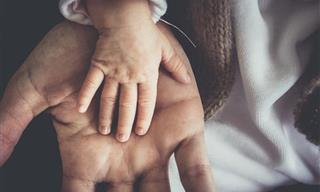
7 Styles of Parenting: Is Yours Among Them?
We explore the seven main styles of parenting and how each one may affect children.

The Naked Truth Behind Why Men Don't Listen to Women
Have a good look at the 10 biggest reasons why men don't always appear to listen to the women in their lives.
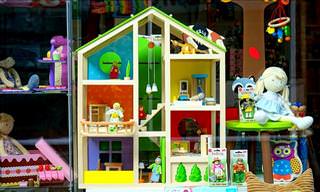
WARNING: Don't Let Children Play With These Toys
Today there is a large selection of toys, and although they should be fun some may be real life-threatening, such as those on this list,

5 Scientific Reasons Why Kids Need Cuddles Every Day
Scientists found that hugging plays a vital role in a child’s brain development, offers stress relief, and may even change a baby’s genes. Read on to learn more...

9 Tips for Preventing Your Children's Bedwetting
Follow these 9 tips that can help you free your child from that frustrating nightly bedwetting.

Another Good Reason to Put the Phone Aside When With Kids
Extensive research on this topic has consistently shown the importance of giving our undivided attention to our children in order for them to learn and grow.

They May Drive You Crazy, But Family is Family!
Family can drive you crazy but at the end of the day you can't help but love them. Here are some beautiful and funny quotes and pictures to make your day.
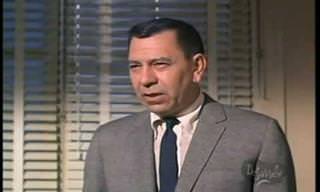 3:01
3:01
The Speech EVERY Generation Should Hear...
Jack Webb Dragnet giving one of his most compelling speeches to youngsters complaining about the state of the country.
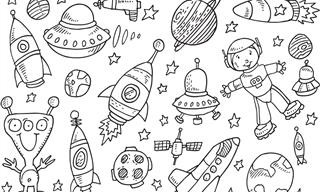
24 Coloring Pages for Kids Who Love Outer Space!
24 fun and free coloring pages for kids who love science and to color!

How to Be a Very Good Grandparent: 28 Foolproof Steps
There's plenty of advice out there for parenting, but everyone assumes grandparenting is too simple to be explained - how wrong they are!

25 Tips for Better Parenthood All Parents Should Know
In this article, we've gathered 25 simple and effective tips to help you become better parents.

How to Get Your Child to be Serious When Appropriate
How do you establish boundaries and make sure your child is behaving seriously at solemn occasions.

8 Tips for Creating Emotional Security in Relationships
Whether you feel emotionally secure in your relationship or not, it's important that you know the 8 ways that you can create it for you and your partner...

55 Questions You Can Use to Strengthen a Relationship
These questions can be used to start a light to heavy romantic conversation with your partner.

Children of the Past: Historical Photos of Kids Having Fun
19 Nostalgic photos of children having fun playing outside.

8 Warning Signs in Teens a Parent Should Watch Out For
we've gathered 8 behaviors you should know to fully and correctly assess the state of your children.
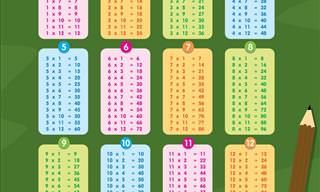
They Taught Us Our Multiplication Tables All Wrong!
Most multiplication tables are designed really badly, so hardly anyone can learn from them. Read on to see what a real times table looks like.

These 40 Compliments Will Have a Lasting Effect on a Child
Every child should hear these words every once in a while.
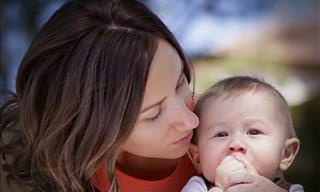
13 Fun Activities That Help Babies Develop Properly
In the first weeks of life, your baby will usually be busy sleeping and eating. to add some excitement to this routine, do these 13 activities!
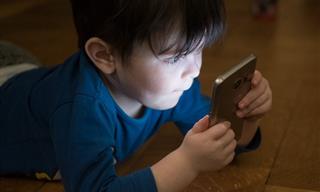
Nine Ways Using a Smartphone is Harming Your Child
we have gathered for you the 9 problems that may result from prolonged use of smartphones by your child.

How to Solve These 5 Common Marital Crises
Sooner or later, each couple undergoes one crisis or another that is inevitable. The good news is that we've put together the ways of dealing with them!

You'll Appreciate Mothers a Lot More After Reading This
This wonderful little tale will remind you of how tough the occupation of motherhood can really be.

Relationship Anxiety: Understanding the Causes & Solutions
If you feel that you’re suffering from relationship anxiety, keep reading to discover the signs, causes, and how to overcome this issue.
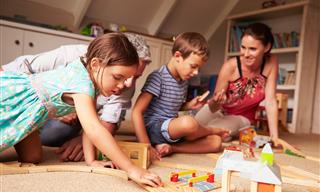
10 Things Your Children Don't Need to Know About You
The following 10 "secrets" are recommended not to be revealed to the children so that you can serve as a positive example for them.
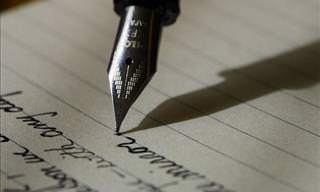
Darling Child, Here are 8 ‘Sorrys’ I Meant to Tell You
Dear child, I love you, I always have and I always will, but there are many things I should apologize for. Here are 8 of my 'sorrys'.
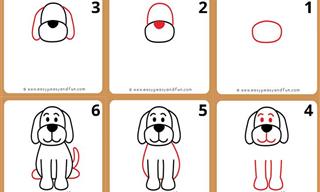
10 Easy and Fun Drawing Tutorials For Kids and Beginners
If you need a creative activity to keep the little ones engaged, look no further than these 10 fun and easy animal drawing tutorials!
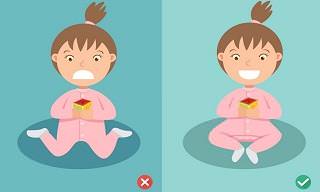
Does Your Child or Grandchild Sit in This Dangerous Pose?
There is a worrying argument that one of the most common kneeling poses that children make is damaging their health.

9 Ways to Help Out Children With Anxiety
These nine strategies will enable you to support your children effectively, strengthening their mental well-being while helping them navigate their anxiety.

40 Questions We Should Ask Every Child
The next time you have a few free minutes with your kids, ask them some of the following 40 questions and listen to their answers
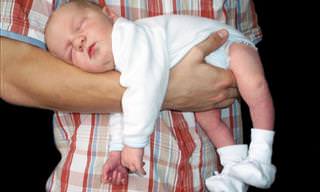
These 5 Holding Positions Can Help a Baby in Many Ways
If you've ever wondered how to help your baby release gas, burp, or even just calm them when they're crying, read this article and learn 5 new holding positions!
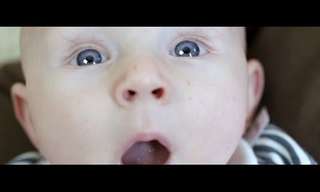 2:41
2:41
Celebrating a Bond Between Grandmother and Grandson...
This short video is a gentle and beautiful example of loving your family.

If a Child Lives with Praise, This Is What He'll Learn...
How should we go about raising our children to be strong, independent and certain of themselves?
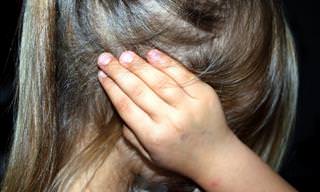
8 Things You’re Doing That Are Spoiling Your Child
The desire to help our children and keep them happy all the time may make them spoiled, so avoid it by following these 8 tips!

Should Children Have Caffeine? Here's Our Complete Answer
This article asks: should kids have caffeine, and how much is too much?

10 Worst Things to Say When Talking to Your Grandchildren
In this article, we will look at some of the things you should never say to your grandchildren.

5 Types of Damaging Parenting and How to Fix it
Our relationship with our parents affects us throughout our lives and shapes our personality, but sometimes it has a negative effect. Discover more here.

19 Stories Proving Once Again Grandparents Are Awesome
The presence of loving grandparents in one's life is certainly one of life’s most precious gifts, and these heartwarming photos prove it!
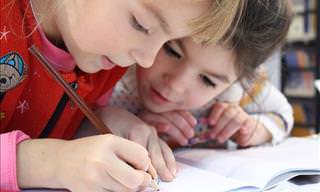 3:26
3:26
9 Ways to Help Kids Study Pleasurably, Easily & Memorably
Studying is one of the things people don't often enjoy. That is because they haven't been taught how to study. Here are 9 scientifically proven tips.


